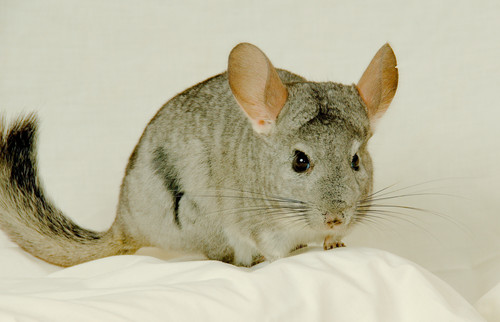
Long-tailed Chinchilla
With plush, dense fur and enchanting eyes, the Chinchilla lanigera is a master of the Andes' rocky terrains. This social rodent thrives in colonies, using its agility to navigate the rugged landscape. Its luxurious coat, a unique adaptation to high-altitude life, has unfortunately made it a target for fur trade.
10-18 years
Lifespan
400.0 - 500.0 g
Weight
Length: 25 - 35 cm
Size
Brown, Grey, Beige
Color
15 mph
Top Speed
Endangered
Conservation Status
Decreasing
Population Trend
Characteristics
Chinchilla lanigera, commonly known as the long-tailed chinchilla, is native to the Andes mountains in South America. It is known for its dense, soft fur, which serves as insulation in its cold, arid habitat. Chinchillas are social, crepuscular animals with strong hind legs for agile jumping and climbing.
Distribution Range of the Long-tailed Chinchilla
Chinchilla lanigera, commonly known as the long-tailed chinchilla, is native to the Andes Mountains of northern Chile. Its geographical distribution primarily includes the regions of Atacama and Coquimbo.
Long-tailed Chinchilla's Habitat
Environmental Conditions
The long-tailed chinchilla inhabits arid, rocky areas at elevations ranging from 3,000 to 5,000 meters. The climate in these regions is characterized by low rainfall, cold temperatures, and high solar radiation. The species is adapted to survive in harsh, dry environments with sparse vegetation.
Ecological Niche
Chinchilla lanigera is primarily a nocturnal herbivore, feeding on a diet of grasses, seeds, and other vegetation. Its ecological niche involves living in burrows or crevices among rocks to avoid predators and extreme temperatures. The species plays a role in the ecosystem as a prey animal for local predators and a seed disperser due to its foraging habits.
Copyright @ Nature Style Limited. All Rights Reserved.
 English
English